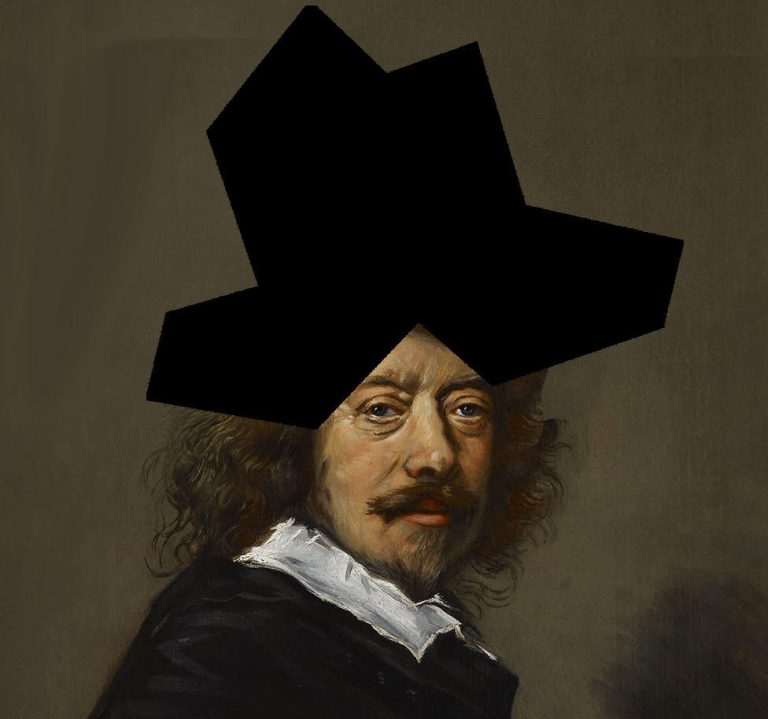
Just 10 days ago the mathematical world was taken by storm when a new 13-sided non-convex polygon (or monotile) known as the Einstein Hat was announced. Together with its mirror reflection, it tiles the infinite plane aperiodically—and only aperiodically.
This stunning discovery is due to David Smith, Joseph Samuel Myers, Craig S. Kaplan and Chaim Goodman-Strauss, whose paper can be read here. Kaplan and Goodman-Strauss are of course “G4G insiders”, and there has been great excitement in our community (and elsewhere) around the world as a result. Media coverage has been extensive for instance:

These less familiar takes on well-known masterpieces are in the private collection of Texan billionaire Raul Fadera, and are reproduced here with his permission. Fadera is a collector of art associated with the number 13, and bought these from the Rotterdam art house Ottoman Canal in the late 1990s for an undisclosed sum. Both works, it seems, were originally commissioned by nobleman Mr Jan van der Brint (1659-1593), who was born at a young age and died before his time.
These works date from the mid-1650s when the triskaidekorne hat style was briefly in vogue in Amsterdam. However, millinery historians believe that people had difficulty remembering the name of this style, and it was soon abandoned. The two artists redid the portraits with simpler hats reflective of newer fashions, and those are the versions known around the world today. Rijksmuseum spokesman Gert van der Whoops comments, “It is extraordinary that old Netherlandish fashions now forgotten, but captured for eternity by these Old Masters, seem to have anticipated this new mathematical discovery. Truly, life imitates art.” English Nobel Laureate and pro-enlistee Roger Penrose, who almost half a century ago discovered a set of two totally different tiles (now named after him) that also tile the plane aperiodically, was speechless upon hearing the news that paintings from over 350 years ago clearly show the new monotile shape.
Thanks to Basil Candle and Anne van Weerden for special assistance with this article.

I know this must be true because Dr. Matrix said it was true.
Very imaginative and timely story. Nice artwork, too.